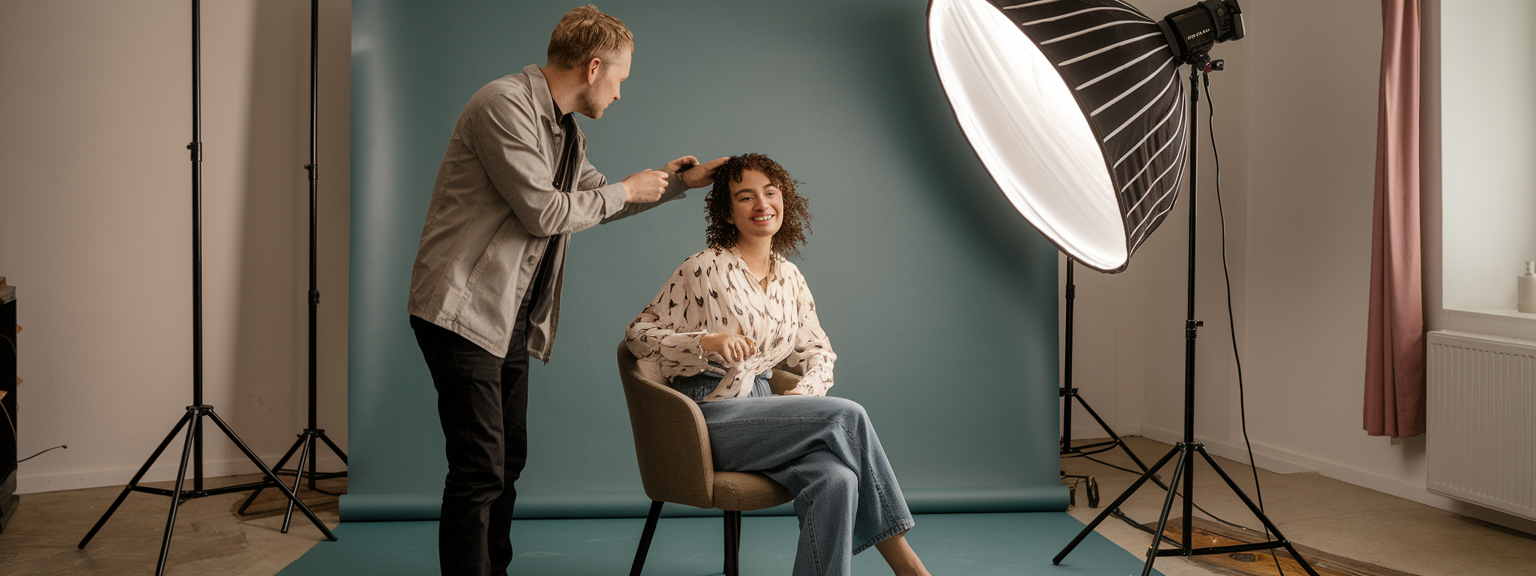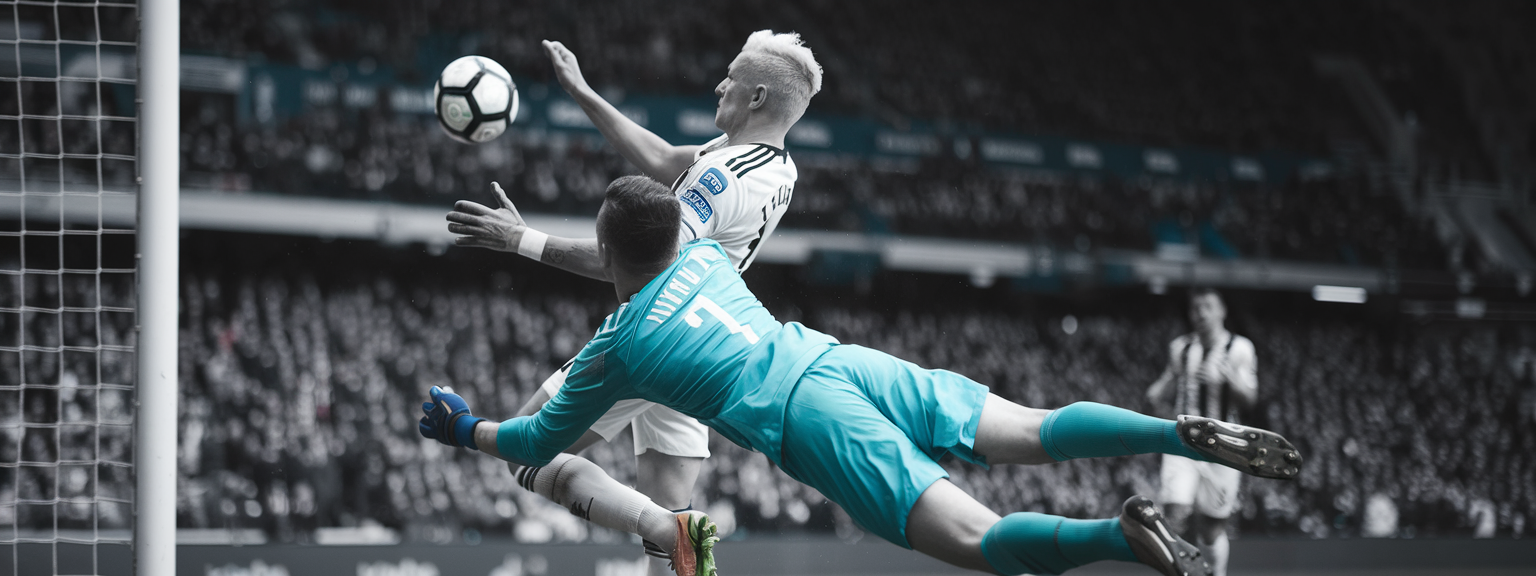Level Up Your Skills: 10 Proven Techniques to Level Up Your Skills Fast

📝 Step-by-Step Guide: Level Up Your Skills
Introduction — What this system delivers
If you want to level up your skills fast—whether in photography, design, coding, or leadership—you need a repeatable system that combines deliberate practice, feedback, and focused learning strategies. In this guide I explain a 12-week framework you can replicate for skill development, upskilling, and continuous learning. The approach is practical and measurable, so you can see real progress and retain gains.
Overview: The 12-week framework
This framework uses proven learning strategies: deliberate practice, spaced repetition, interleaving, and structured feedback loops. It emphasises measurable outcomes and progressive overload. You will break a target skill into micro-skills, track objective metrics, and iterate until performance meets your success criteria. Below is a week-by-week plan that is adaptable to photography and other disciplines.
Step 0 — Clarify the outcome (1–2 days)
- Define a SMART goal (Specific, Measurable, Achievable, Relevant, Time-bound).
- Example: “Level up your skills in portrait lighting to produce 12 client-ready headshots in 12 weeks and deliver within 48 hours.”
- Set objective success criteria and KPIs: shoot-to-keep ratio, editing time per image, client satisfaction score.
Step 1 — Decompose the skill (2–4 days)
- Break the skill into micro-skills. For portrait lighting: modifier choice, light placement, light quality, posing, exposure control, retouching.
- Document 10–20 micro-skills you can practice in 10–60 minute blocks.
Step 2 — Baseline assessment (1–2 days)
- Create diagnostic tests: a short test shoot, timed editing task, or technical quiz.
- Record evidence: RAW files, session videos, and a workflow log to quantify starting performance.
Step 3 — Create a deliberate practice plan (weeks 1–10)
- Focus on high-impact micro-skills using the 80/20 rule.
- Schedule five practice sessions per week of 60–90 minutes. Example weekly layout:
- Monday — Technical drills (exposure, flash sync)
- Tuesday — Composition & framing challenges
- Wednesday — Client simulation
- Thursday — Editing workflow
- Friday — Critique & reflection
- Progressive overload: increase complexity and reduce support each week to force growth.
Step 4 — Implement feedback loops (continuous)
- Schedule weekly critique meetings with a mentor or peer group.
- Use annotated before/after comparisons and keep a versioned feedback log.
Step 5 — Spaced repetition and interleaving (weeks 1–12)
- Rotate micro-skills; revisit earlier topics after 3–7 days for retention.
- Interleave related skills—mix posing drills with lighting adjustments—to improve transfer.
Step 6 — Real-world projects (weeks 4–12)
- Launch a project that forces applied learning. For example, a themed mini-series for social media or a paid test client.
- Measure real outcomes: engagement, client satisfaction, and time-per-delivery.
Step 7 — Measure and iterate (every 2 weeks)
- Compare metrics to baseline and adjust the practice plan where needed.
- Make incremental changes and test them within two-week cycles.
Step 8 — Consolidate and teach (final 1–2 weeks)
- Teach the skill—create a tutorial, lead a workshop, or mentor a peer. Teaching consolidates learning and exposes gaps.
- Create checklists, presets, and standard operating procedures (SOPs) for repeatability.
Step 9 — Scale and maintain (ongoing)
- Adopt micro-practices (10 minutes/day) to maintain gains.
- Plan monthly sprints for advanced topics and continuous learning.
📌 Practical Applications: Level Up Your Skills
Photography-specific applications
These methods are directly applicable to photographers at every stage. For example, portrait photographers can use light ratio drills and timed mini-sessions to improve speed and quality. Landscape shooters should run exposure-blending drills and practice in varying weather conditions to improve adaptability. Wedding photographers benefit from mock ceremonies and rapid-editing sprints to meet tight delivery windows. If you want to level up your skills in photography, apply the same structure: decompose, practice deliberately, gather feedback, and measure outcomes.
Cross-disciplinary examples
- Musicians: isolate difficult passages, use metronome drills, and record weekly performances for critique.
- Writers: timed sprints, revision drills, and genre-switching to improve adaptability.
- Developers: coding katas, pair programming, and focused code-review sessions to improve code quality.
- Managers: role-play hard conversations, simulate project kick-offs, and collect 360 feedback.
Education and professional development
Students and professionals can use spaced repetition for theory and project-based learning for applied skills. For ongoing upskilling and professional development, build a learning sprint calendar with clear deliverables and accountability. The goal is to improve skills efficiently while preserving balance and avoiding burnout.
What micro-skill will you commit to practicing for the next 14 days to level up your skills?
Use that question as an engagement prompt when you publish this plan. For example, invite readers to share which micro-skill they will practice and why. This both builds community and creates accountability, which improves adherence and results.
💡 Tips & Tricks: Level Up Your Skills
Daily micro-habits
- Start each session with a 10-minute focused warm-up. For photographers, set up a single light and shoot five frames exploring one variable.
- Use the “one more” rule: after your planned session, do one extra targeted repetition to stress the weak point.
Practice structure and intensity
- Apply the Pomodoro technique: 25 minutes on, 5 minutes off. It maintains intensity and reduces fatigue.
- Limit sessions to a single objective—avoid multi-tasking to improve retention.
Record, review, and automate
- Record sessions: RAW files, tethered captures, and short BTS clips are invaluable for later critique.
- Automate repetitive tasks like email templates and editing presets so your practice time focuses on skill development.
Small consistent actions compound into large improvements—commit to one 30-minute deliberate practice block today.
Use constraints to accelerate learning
Limit gear or time to force creative problem solving. For example, set a “one-lens” or “one-light” challenge for a week. Constraints highlight weaknesses and produce greater skill transfer than unconstrained practice.
Tools and technology
- Habit & scheduling: Notion, Google Calendar, Habitica.
- Spaced repetition: Anki for theory and visual rules.
- Photography: tethering apps, color-check tools, and Lightroom presets for consistent edits.
- AI tools: use AI to automate low-value tasks such as captioning and initial tagging, which frees time for deliberate practice.
📸 Sample Scenario
Goal and KPIs
Goal: Level up your skills in portrait photography to charge $250+ per headshot and deliver client-ready images within 48 hours. Key performance indicators: shoot-to-keep ratio (target 40%+), average edit time per image (goal <5 minutes), and client satisfaction score (>4.5/5).
12-week plan summary
- Weeks 1–2: Baseline test shoots, define success criteria, and identify 6 core micro-skills.
- Weeks 3–4: Daily light and posing drills; host quick model sessions for feedback.
- Weeks 5–6: Speed and workflow—timed setups, tethered shooting, and rapid editing exercises.
- Weeks 7–8: Mock client sessions with briefs and critique loops.
- Weeks 9–10: Real project—produce a 12-image portfolio and collect testimonials.
- Weeks 11–12: Publish case study, teach a mini-workshop, and convert the project into a paid offering.
Expected outcome
By following the plan, you will have tangible work to market, reduced editing time, and documented client feedback. As a result, you can confidently raise pricing and maintain consistent delivery standards. This pattern—decompose, drill, apply, and publish—is how professionals level up their skills efficiently.
✅ Key Do’s for Effective Usage
Do set measurable goals
Define SMART goals and concrete success criteria. Track objective KPIs so perception aligns with reality.
Do practice deliberately
- Prioritise intentional micro-skills each session.
- Use progressive complexity to maintain challenge.
Do seek structured feedback
Join critique groups or find mentors who give actionable advice. Video reviews and annotated images accelerate correction of errors.
Do document and teach
Keep logs of settings, mistakes, and solutions. Teach or present your method to solidify understanding and create marketing content.
❌ Common Mistakes to Avoid
Practicing without feedback
Without feedback, errors become entrenched. Therefore, schedule regular critiques and use recorded evidence to self-correct.
Chasing breadth over depth
Avoid surface-level exposure to many topics. Instead, focus on a few high-impact micro-skills and reach a level of mastery before expanding your scope.
Relying on gear upgrades
New equipment can mask deficiencies but will not replace deliberate practice. Improve fundamentals first and upgrade only when justified by specific needs.
🔄 Troubleshooting & FAQs
Common problem: I’m not improving despite practicing daily.
Troubleshoot steps:
- Confirm sessions are deliberate and targeted.
- Reduce session length and increase focus to avoid fatigue.
- Get external feedback—video, mentor, or critique group.
- Re-evaluate goals for specificity and adjust success criteria.
Common problem: I hit a plateau.
Solutions:
- Introduce interleaving and new constraints.
- Teach or mentor to expose hidden gaps.
- Re-run baseline tests and restructure practice loads.
Common problem: I can’t find time to practice.
Recommendations:
- Use micro-practices of 10–30 minutes.
- Replace low-value screen time with focused practice blocks.
- Batch sessions on weekends and maintain weekday micro-updates.
FAQ: What are the best AI tools for productivity?
Short answer: Choose tools that fit your workflow. Examples include ChatGPT/GPT-4 for ideation and scripting, Notion AI for documentation, Descript for audio/video editing, Adobe Firefly & Lightroom AI for image editing acceleration, and Otter.ai for transcription. Use AI to automate repetitive tasks so you can spend more time practicing and creating.
FAQ: How much time should I practice to see improvement?
Quality matters more than raw hours. Aim for five sessions per week of 45–90 minutes of deliberate practice. Beginners often see measurable gains within 6–12 weeks. However, short daily micro-sessions can accelerate retention.
FAQ: What metrics should I use?
Use objective metrics: shoot-to-keep ratio, editing time per image, client satisfaction scores, technical error counts, or performance KPIs relevant to your field. For writers, track words per hour; for developers, measure bug resolution time.
🖼️ Bringing It All Together
Recap: The core roadmap
To level up your skills, start with a clear SMART goal, decompose the skill into micro-skills, and implement a deliberate practice schedule with regular feedback. Use spaced repetition and interleaving to improve retention, and measure progress with objective KPIs. Finally, consolidate learning by teaching and publishing your work, which also supports professional development and personal growth.
Ready to accelerate your progress? Commit to one micro-skill and schedule your next practice session now.
Start today: pick one micro-skill, make a 30-minute deliberate practice plan, and take your first test shot or timed exercise. That small action begins the compounding process that leads to mastery. The techniques in this guide will help you level up your skills quickly while avoiding common pitfalls and sustaining progress through continuous learning and professional development.

![[Stunning Images Lighting And Editing] [Studio portrait with dramatic lighting and color grading to demonstrate stunning images]](https://lenslesson.com/wp-content/uploads/2025/11/advanced-stunning-images-lighting-composition-editing.png)
![[Travel Photography Tips Sunset Shot] [Photographer framing a mountain sunrise to demonstrate travel photography tips]](https://lenslesson.com/wp-content/uploads/2025/11/travel-photography-tips-sunset-shot.png)


![[Portrait Photography Lighting Setup] [Portrait photographer adjusting softbox to achieve flattering portrait photography of a smiling subject]](https://lenslesson.com/wp-content/uploads/2025/11/portrait-photography-softbox-lighting-setup.png)
![[Essential Photography Gear Flat Lay] [Flat lay of essential photography gear: camera, lenses, tripod, and camera bag]](https://lenslesson.com/wp-content/uploads/2025/11/photography-gear-essentials-flatlay.png)
